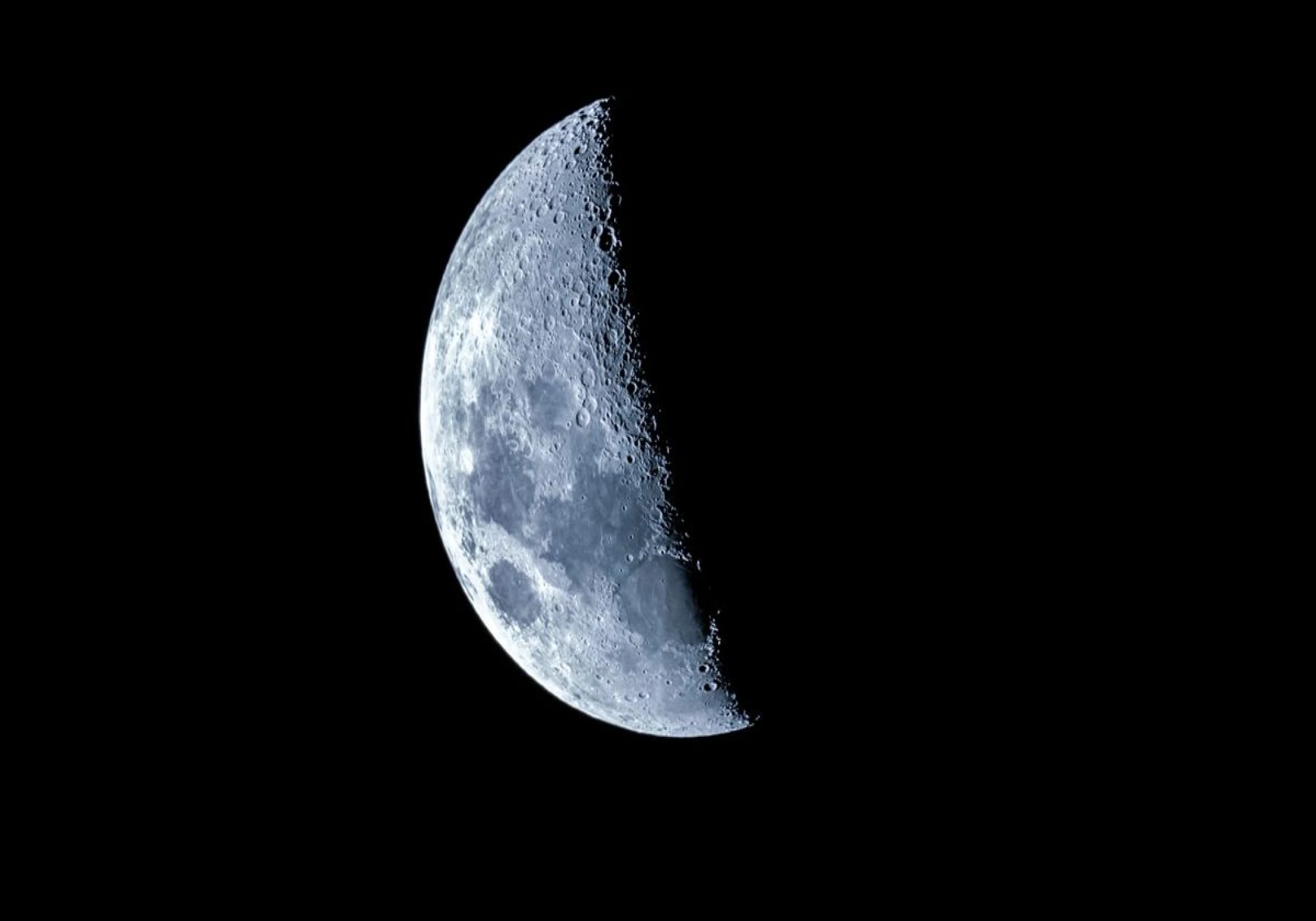
As inhabitants of Earth, it is crucial for us to be concerned about events beyond our atmosphere. In a recent discovery, as NASA prepares for the upcoming Artemis III mission to return humans to the moon, scientists at the agency are gaining insights into the geological characteristics of our planet's only natural satellite. Notably, findings suggest that the moon has been undergoing a process of contraction.
As the core of Earth's sole natural satellite undergoes cooling, the moon is experiencing a contraction, resulting in its surface wrinkling or shrinking. This phenomenon gives rise to elevated ripples, known as thrust faults, spanning tens of meters across the lunar landscape.
The Lunar Reconnaissance Orbiter camera documented the evolving lunar surface, detecting numerous "relatively small, young thrust faults" scattered across the moon's crust. These faults, along with seismic instruments left by astronauts on the moon's surface decades ago, were analyzed in a recent study. The research successfully correlated these faults with seismic data.
The observable reduction in the moon's size has been modest but measurable, amounting to approximately 150 feet in diameter over the past several hundred million years. This contraction is predominantly influenced by the natural cooling of the moon's molten core. As the core undergoes cooling, the lunar surface undergoes a corresponding contraction, adapting to the altered volume. During this shrinking process, sections of the crust converge, giving rise to elevated formations recognized as thrust faults.
Seismic events on the moon are not unprecedented. "The novelty lies in the exceptionally detailed imaging of these scarps near the lunar pole, acquired through the Lunar Reconnaissance Orbiter," notes McCleary. "Our understanding of the moon's crust composition is well-informed, thanks to the Apollo missions that brought back samples. Thus, we have reasonably inferred that the contraction of the moon's surface is a contributing factor to certain shallow moonquakes."












